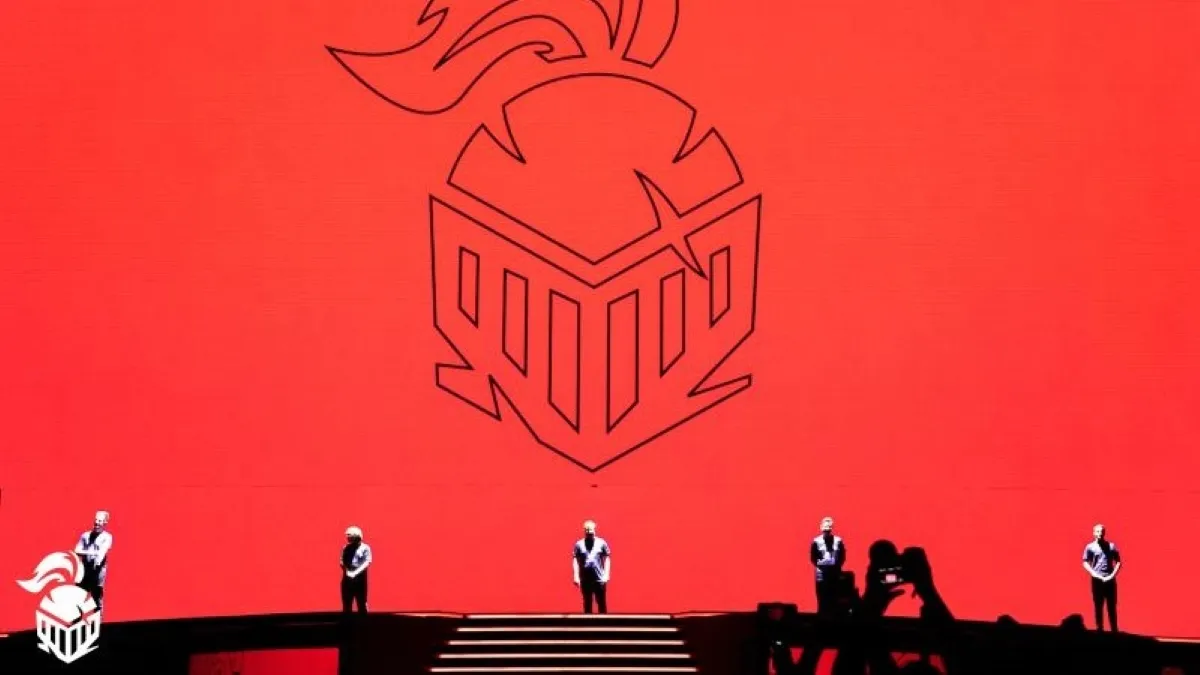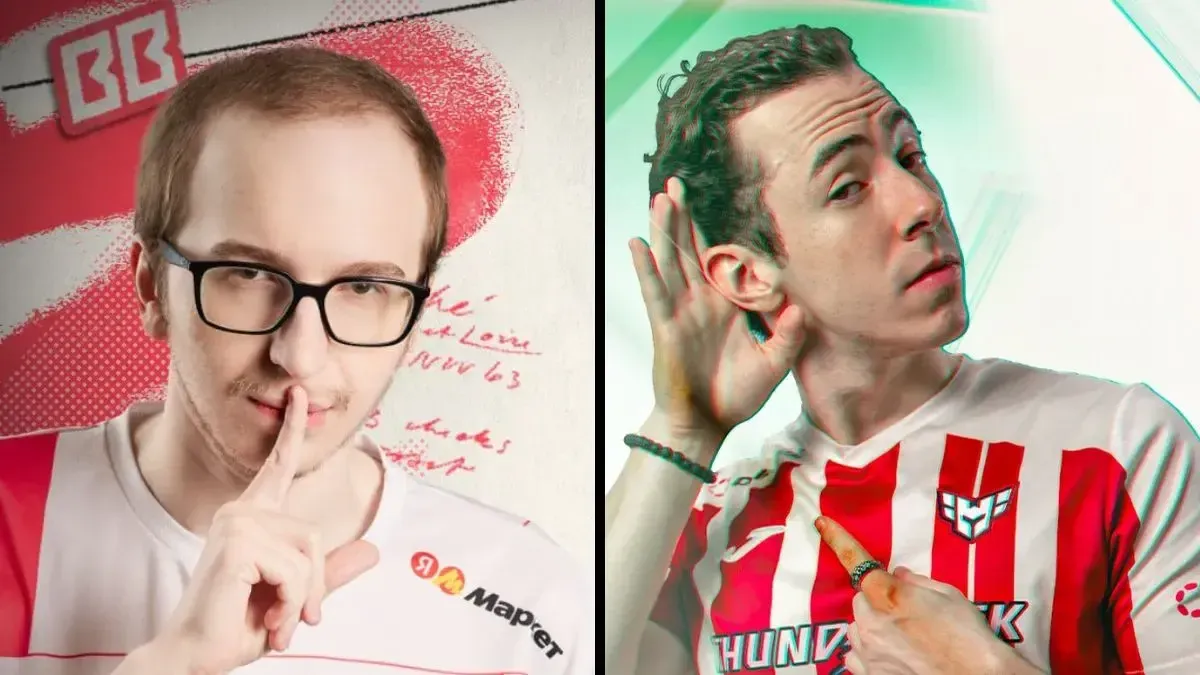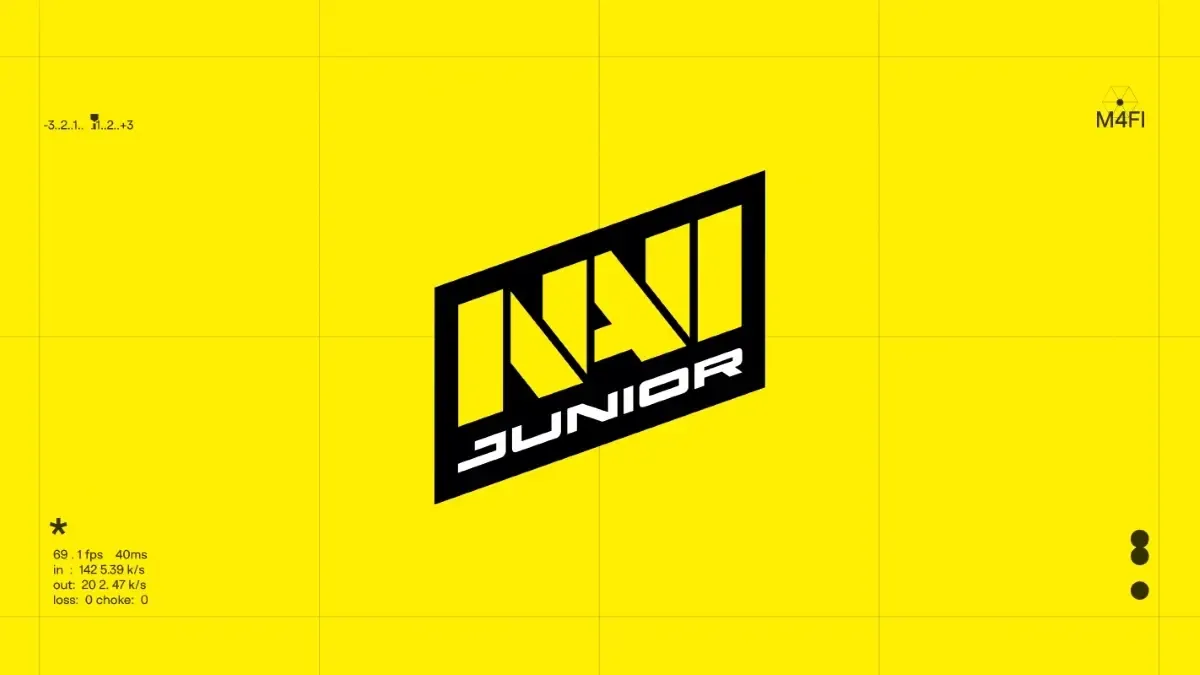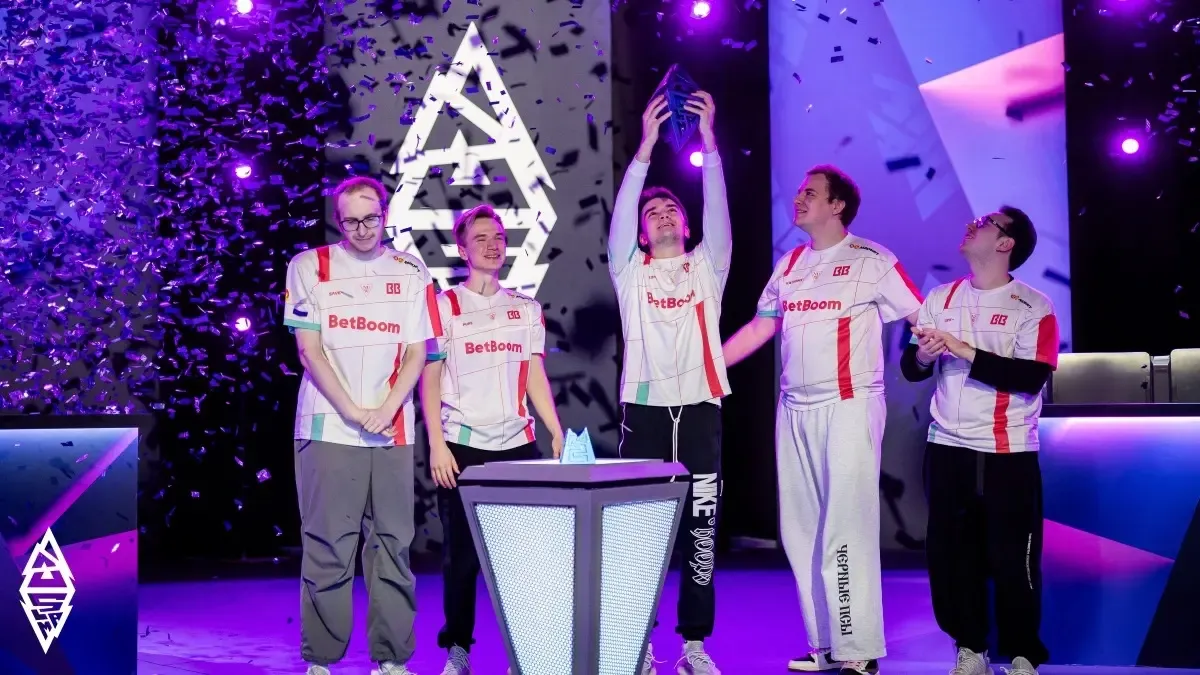Downtimes in eSport live events are a tension killer. ESL takes a next step in reducing setup times by using one SSD per player.
When ESL used their new Exchangable Flash Drive system for the first time in Counter-Strike: Global Offensive, Tomi 'lurppis' Kovanen was fast praising it: "That [setup] should become a standard in eSports." What he meant was a system of PCs with a mobile rack and SSDs, one drive per player. Essentially, this means players only have to setup once at the beginning of the tournament and their settings will be saved all through the tournament. "As a CS:GO player, you have to set up mouse settings, video card settings, sound settings, mumble/voicecom settings, ingame settings etc.", explains lurppis. According to ESL Specialist League Operations, this process can easily take 30-45 minutes. The Cologne organizer has now tackled this problem, which is most prominent, but not limited to Counter-Strike. The new Exchangable SSD system has been installed in both the StudioOne and the LCS studio in their Cologne headquarter. Players basically set up their personal Windows in the beginning, the admins keep the SSDs in between their rounds.
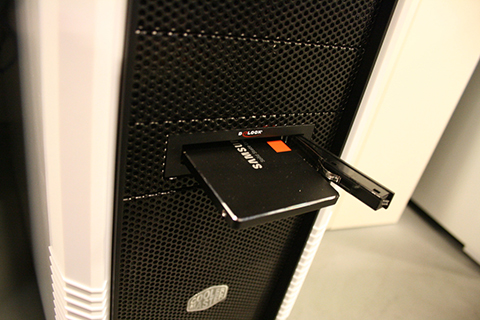 SSDs can save 30 minutes per match in CS:GO
SSDs can save 30 minutes per match in CS:GO
"The SSDs save us 30 minutes in between the games, if there are no problems, and possibly even more once the players got used to it", hopes Alexander Nehr. The installation of the exchangable flash drives comes at a point when SSDs have become much cheaper. Considering ESL had about 25 drives in use for the EMSOne finals in mid-April for eight teams, prizes still matter. Although ESL had thought about using movable racks for the drives before, but the sensitivity and boot time of classical hard drives with moving parts and ESL's insurance's requirement to not open the computers prevented earlier action. The investment for the SSD and the mobile rack is quantified with approximately 100 Euro per player by the ESL, making it a very well possible improvement for other eSport tournament organizers.
Investment of €100 per player
For example, during the Dota 2 final of DreamHack Summer and Winter 2012, the admins of the tournament had to carry the whole PCs over to a different hall after the first game. For now, DreamHack is not going to use exchangable SSDs for their Swedish tournaments. However, they are trying to "implement a system where each competitor can get their settings no matter what tournament PC they use". Considering the DreamHack Open alone features 96 players, they might be trying a cheaper solution. Downtimes in between games are a problem in eSports, unless you can present top-notch intermediate entertainment. The Dota 2 EMSOne finals in Katowice have shown this once again. While using all options for entertaining filler content is necessary, organizers are also working on increasing production quality by actually reducing the downtimes in all eSport games. The Cologne implementation is just one possibilty, but perhaps one which sets a precedent.
Source: ESL, DreamHack, lurppis
Photo Source: ESL



